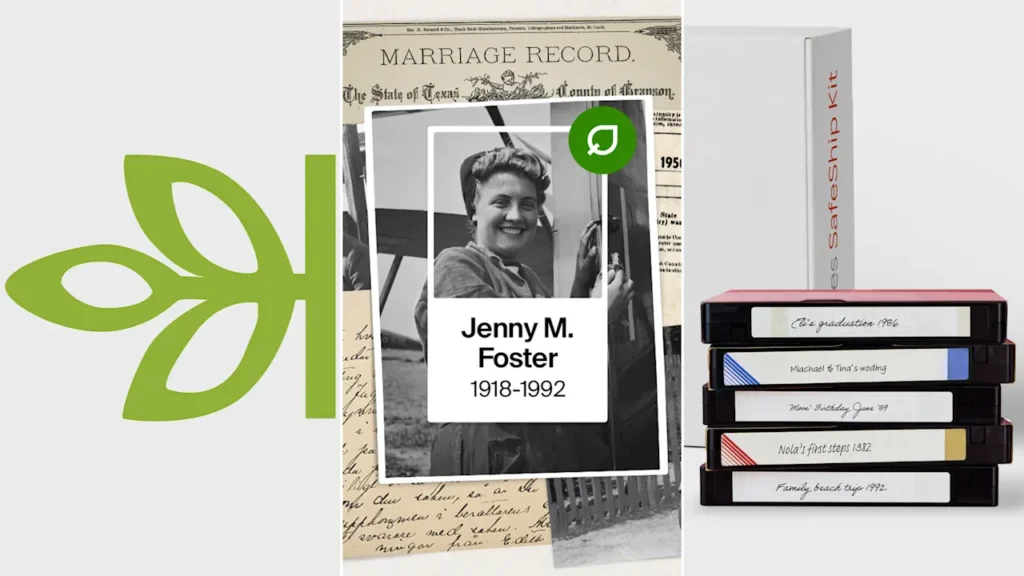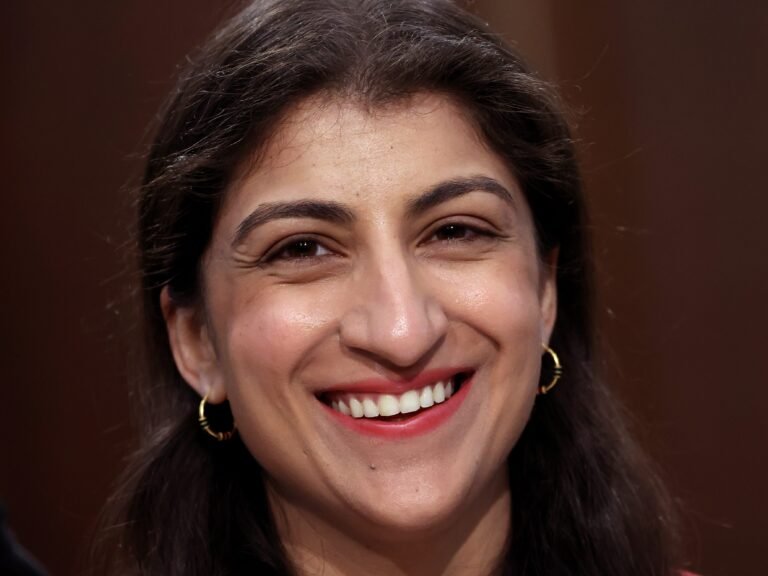
Ancestry has acquired the home-movies-and-photos digitizer service iMemories, a bet by the genealogy company that subscribers who spend their money on DNA kits and pour their time into building family trees will be further enticed by visual storytelling that weaves all those details together.
The transaction will combine Ancestry, which has more than 3.7 million subscribers and generates over $1 billion in subscription revenue annually, with iMemories, the “Netflix” of old family memories that has more than 100,000 paying subscribers and has digitized over 100 million memories from VHS videotapes, photo prints, DVDs, and other video formats. IMemories was also featured on the 2023 list of Fast Company’s Most Innovative Companies.
“The goal is to bring all family storytelling together into one spot,” says Howard Hochhauser, Ancestry’s president and CEO, in an interview with Fast Company.
Terms of the transaction weren’t disclosed, although Hochhauser says it is Ancestry’s largest acquisition in terms of revenue.
Blending records with memories
By integrating iMemories’ content into Ancestry’s platform, the combined company will build on a strategy spearheaded by Hochhauser to connect 10,000 terabytes of Ancestry data detailing birth records, marriages, deaths, military service, and immigration with archival family photos and videos.
Over time, Ancestry says it will utilize artificial intelligence to weave together visuals from iMemories and Ancestry’s own bank of user-uploaded content, as well as AI-created images, to produce short films that can tell family lore stories.
“When a consumer sees a photo versus say, a U.S. census, they retain better, higher engagement, higher retention,” says Hochhauser, who first joined Ancestry in 2009 as chief financial officer and has served as an executive at the company for an initial public offering in 2009, a going-private transaction in 2012, and the 2020 sale to asset manager Blackstone.
Turning dusty records into audio
This week, and separate from the iMemories transaction, Ancestry is launching a beta AI-enabled pilot to around 500 users that can create audio files from the documents found on Ancestry. Hochhauser says these assets can be especially compelling for younger consumers. He shares an anecdote of how his own 18-year-old son showed little interest in an ancestor’s written tale of fighting in World War II.
But when the text was converted into audio, Hochhauser says his son was on the edge of his seat when learning about a great uncle’s experience in battle, including throwing grenades and eventually earning a Purple Heart. “That’s pretty powerful,” Hochhauser says. “And so that’s the direction we are taking the company.”
Hochhauser says prior to the iMemories deal, Ancestry conducted research that found that 40% of its users said they wanted to have a digitization and storage service offered by the company. It also polled non-Ancestry users and found that a third of them shared the same sentiment.
AI is speeding up history
Ancestry is also leaning on AI to speed up the process of digitizing census data. Thirteen years ago, in 2012, when the U.S. Census Bureau released records for every living person in the country for the year 1940, it took the company nine months and millions of dollars to digitize all of that information. But when the 1950 files were released in 2022, technology had advanced to the point where Ancestry could use computer vision and AI to transcribe the files within nine days, without any manual labor.
The company is using AI in a similar manner to comb through records from France, Belgium, and other foreign markets.
Privacy concerns loom large
The Ancestry-iMemories transaction does come at a heightened moment of consumer anxiety concerning the data protection of personal DNA information held by genomics companies. The 2023 data breach of rival 23andMe, which later fell into bankruptcy, inflamed fears about who would gain control of genetic information when one of these genealogy companies falters.
“People’s confidence has been shaken, in Big Tech overall, and also in consumer genomics,” says Dr. Brandon Colby, the founder and CEO of Sequencing.com, a biotech company that performs whole genome sequencing. “The need to be extra obvious about transparency is really important. There’s no room for people to go and assume that we’re trying to do something shady.”
Sequencing stresses the company’s “Privacy Forever” commitment to consumers, which details that it sells no data to pharmaceutical companies, government agencies, or other outside parties, which is how some genomics companies generate revenue. Colby says Sequencing generates revenue from monthly subscriptions and by selling reports it produces based on genome sequencing that can show consumers details about their reaction to medications or offer tips on better sleep or nutrition strategies.
Hochhauser echoes a similar refrain at Ancestry. Users control their own biological samples and DNA data, and have the freedom to delete that information from the service if they’d like. The same approach will be taken with the AI-related content that may be generated from iMemories data. It is up to users how they want to share it, he says.
“We are a family history company,” Hochhauser says. “Consumers own their data, control their data, and we have multifactor authentication, as an example, and lots of different security protocols in place to protect and preserve data.”


